Should I update the BIOS? 5 important notes when updating BIOS
BIOS is an important software on a computer , considered as a tool to help "wake up" computer components and check the performance of those components. BIOS has many useful features, so the question arises should update (update/upgrade) BIOS? The following article will help you answer that question!
1. Update (update) What is BIOS?
BIOS (Basic Input/Output System) is low-level software integrated with hardware stored on a firmware chip that attaches the motherboard to the system. BIOS is the first program that is run when the computer starts up (also known as the pre-operating system), which helps to check, control and connect the computer's components. If there is an error in the BIOS, then your computer will definitely have a problem and won't boot.
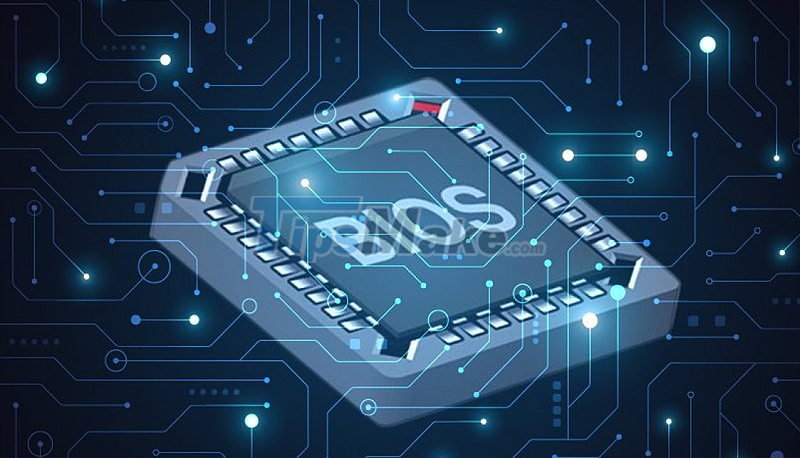 Should I update the BIOS? 5 important notes when updating BIOS Picture 1
Should I update the BIOS? 5 important notes when updating BIOS Picture 1
A BIOS update is an upgrade of the BIOS, to increase its performance and help support new hardware such as USB 3.0 or SSD drives . The latest upgraded version should be more optimized than the old version lines, it has added many features to be flexible and suitable for new devices. There are also improved cache functions as well as a few hardware tweaks to shorten boot time.
Does updating BIOS have any effect?
Change the drive read order when starting your computer
To display a list of drives read after starting the computer, you can enter the BIOS or press another keyboard shortcut. Thanks to the BIOS, it becomes easier to select the desired drive when starting the device.
In case you install multiple operating systems on multiple hard drives, you can change the drive read order. For example, the Windows operating system of the machine has a problem and is damaged, in order to use the repair feature from the Windows installation disc or reinstall Windows, you also need to put the CD/DVD drive at the top of the drive list. read on startup.
Monitor temperature, fan speed
If unfortunately the computer cannot boot into the operating system, BIOS will be the best choice for you in this case. Open the BIOS to check the temperature of the components as well as the fan speed to see if any fan stops spinning, whether the machine is overheating. Not only that, BIOS can also monitor voltage levels into components and products such as RAM memory and CPU processors .
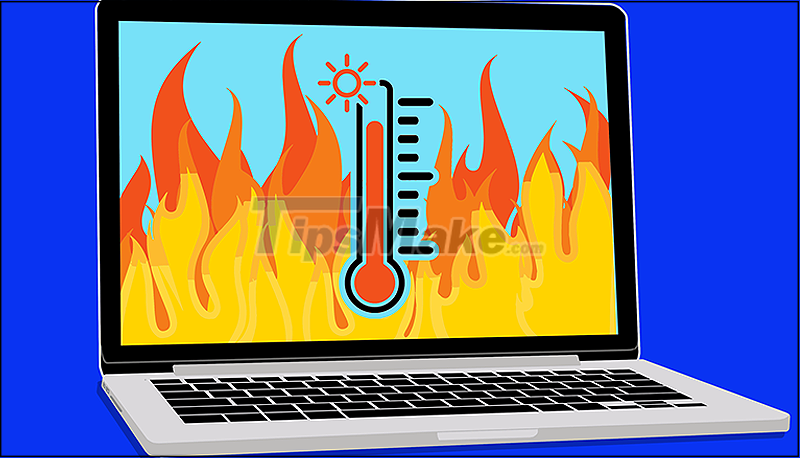 Should I update the BIOS? 5 important notes when updating BIOS Picture 2
Should I update the BIOS? 5 important notes when updating BIOS Picture 2
Overclocking
To change the CPU's clock or operating voltage for overclocking, it is necessary to open the BIOS. When overclocking, in addition to increasing the processing speed of the machine, users should prepare reasonable and enhanced cooling methods (such as dedicated fans or water cooling) to avoid the risk of overheating the machine. In the event of a crash, your computer will be dangerously affected.
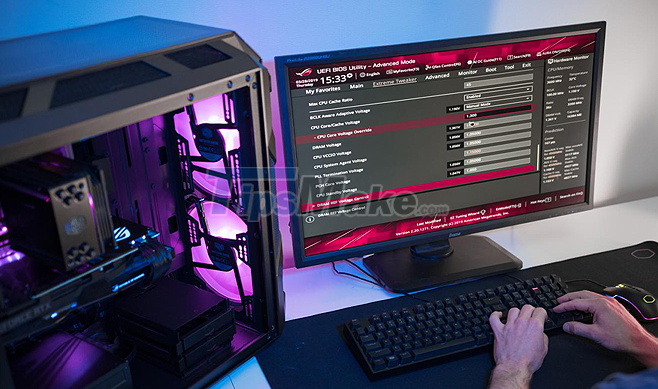 Should I update the BIOS? 5 important notes when updating BIOS Picture 3
Should I update the BIOS? 5 important notes when updating BIOS Picture 3
Lockout
When setting a password to lock down the entire computer, the BIOS will ensure that no operating system is booted without authorization on the computer via peripherals or over the network. Setting a password in the BIOS is a safe and effective security solution.
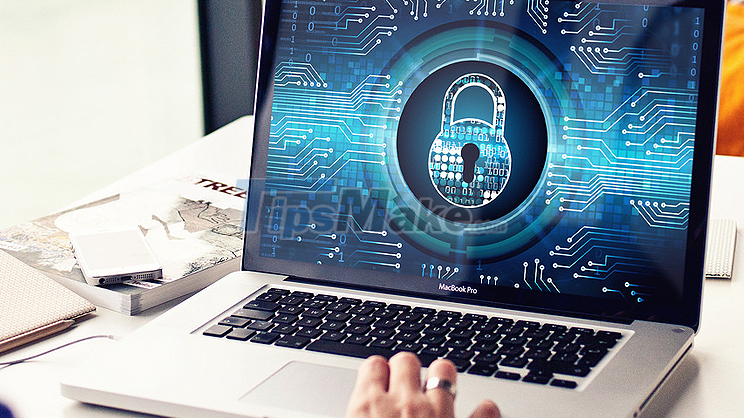 Should I update the BIOS? 5 important notes when updating BIOS Picture 4
Should I update the BIOS? 5 important notes when updating BIOS Picture 4
Other features
In addition, in the BIOS, the user has the option to customize many other settings such as changing the NumLock boot state, enabling/disabling the computer logo , enabling or disabling the CPU cache, the BIOS cache. , RAID change settings of CPU, memory, enable/disable onboard USB , reset extended system configuration data (ESCD), change power button function,.
Each BIOS version will have different features, when updating the BIOS to the latest versions it will help you fix errors better and these features work more stable.
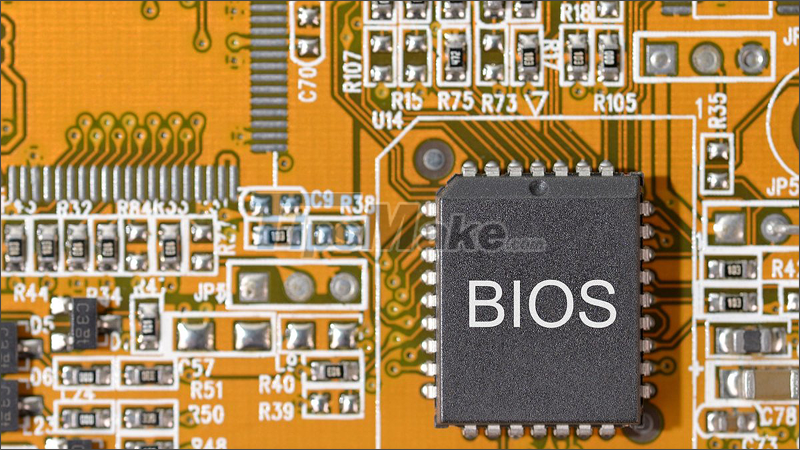 Should I update the BIOS? 5 important notes when updating BIOS Picture 5
Should I update the BIOS? 5 important notes when updating BIOS Picture 5
Should I update the BIOS?
You should update the BIOS in case your computer has been used for a long time, often encounters many problems and problems. For Windows operating system to want the machine to work better and smoother, sometimes users have to reset or update the new version. In the case of a new, rarely used or stable machine, there is no need to update the BIOS.
However, it should be noted that before updating the BIOS, users must be sure of their knowledge or be guided by experts, even though the BIOS is quite convenient, it can also cause trouble making your device worse. cannot function. If you want to ensure and reduce the risk, it is best to bring it to the computer center to update.
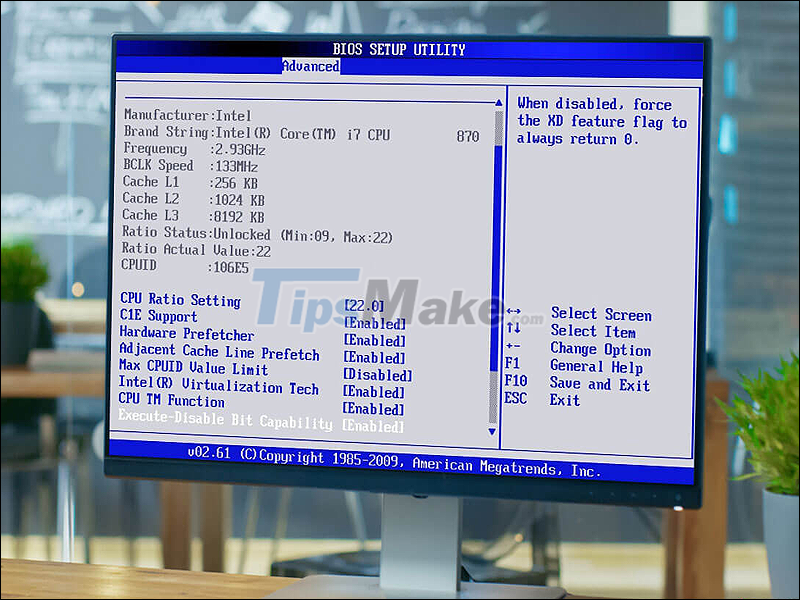 Should I update the BIOS? 5 important notes when updating BIOS Picture 6
Should I update the BIOS? 5 important notes when updating BIOS Picture 6
5 notes before updating BIOS
- The computer should be fully charged, preferably plugged in during the update process.
- For desktop computers: Prepare a UPS, or at a time when power is rarely lost (can check local power failure information).
- Close all open programs.
- Read the information about the new BIOS carefully.
- While downloading, do not use / turn off the computer, wait until the notification is received.
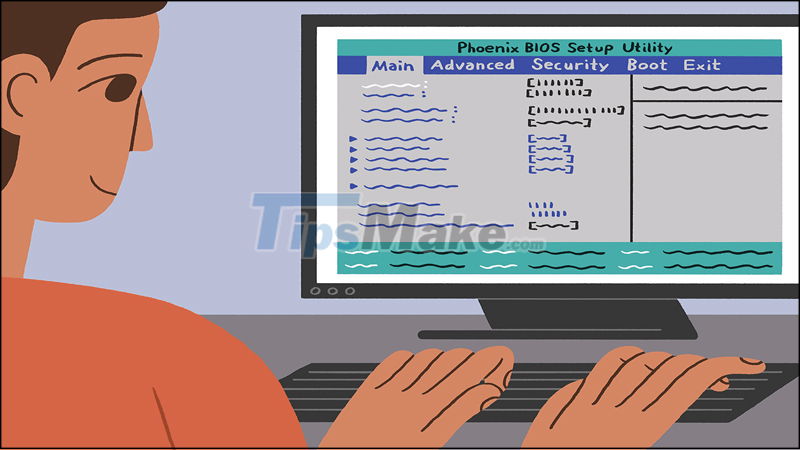 Should I update the BIOS? 5 important notes when updating BIOS Picture 7
Should I update the BIOS? 5 important notes when updating BIOS Picture 7
How to update BIOS
Quick start Guide:
Pause device protection > Visit the company's BIOS update support website > Determine the model > Download the appropriate BIOS version > Launch the downloaded software > Select Update > Select Restart to complete.
Hope the above article brings useful information to you, helping you find the answer for your computer. See you in the next posts!
You should read it
- How to Update BIOS Safe and Correct for Laptop or desktop
- 5 tips for using the BIOS to help you master your computer
- How to Update Your Computer's BIOS
- Lenovo updates BIOS to patch security holes for hundreds of device models
- Instructions for upgrading BIOS
- Update the BIOS for the PC motherboard in 5 steps
- How to Update an ASUS BIOS
- Instructions for entering BIOS on different computers
- Understanding BIOS: An Indispensable Component of a Computer
- BIOS - Basic information for beginners
- Display BIOS information on Windows 10 using Command Prompt
- 5 tips for using BIOS to help you master your computer - What is BIOS and how to use BIOS
May be interested

Steps to connect Windows computer Bluetooth with speakers, phones, headphones

Steps to check screen resolution on computer

How to set up Port Forwarding in Windows

How to set up a Windows PC to stay awake

How to activate and use Google Assistant on Chromebook

Easier, smarter hard drive optimization and management with the new DSM 7.0 OS update on Synology NAS






 How to Update Your Computer's BIOS
How to Update Your Computer's BIOS Understanding BIOS: An Indispensable Component of a Computer
Understanding BIOS: An Indispensable Component of a Computer How to Update BIOS Safe and Correct for Laptop or desktop
How to Update BIOS Safe and Correct for Laptop or desktop 5 tips for using the BIOS to help you master your computer
5 tips for using the BIOS to help you master your computer Notes before updating Mac OS X 10.10 Yosemite
Notes before updating Mac OS X 10.10 Yosemite Lenovo updates BIOS to patch security holes for hundreds of device models
Lenovo updates BIOS to patch security holes for hundreds of device models